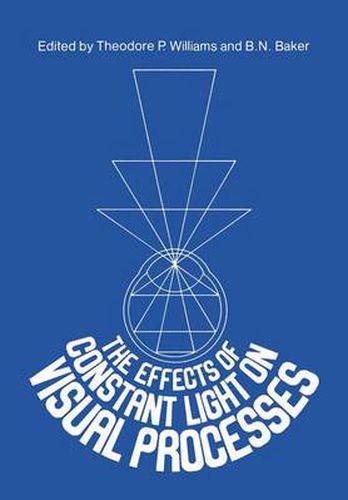Readings Newsletter
Become a Readings Member to make your shopping experience even easier.
Sign in or sign up for free!
You’re not far away from qualifying for FREE standard shipping within Australia
You’ve qualified for FREE standard shipping within Australia
The cart is loading…






This title is printed to order. This book may have been self-published. If so, we cannot guarantee the quality of the content. In the main most books will have gone through the editing process however some may not. We therefore suggest that you be aware of this before ordering this book. If in doubt check either the author or publisher’s details as we are unable to accept any returns unless they are faulty. Please contact us if you have any questions.
… And the evening and the morning were the third day … And God made two great lights; the greater light to rule the day and the lesser light to rule the night … And the evening and the morning were the fourth day. The First Book of Moses, called Genesis (1: 13,16,19). There was daytime and nighttime before there was a sun or a moon. An interesting thought: How long were each of those first three days? Without a sun to reckon its length, a day could have been longer or shorter than 24 hours. Animals, says Genesis, appeared on the fifth day and by that time the sun and moon were illuminating the earth, presumably in cyclic fashion and with a period of 24 hours. A good thing, too, as readers of this monograph will as certain. The papers collected into this volume are written versions of 45 minute talks given at a symposium on The Effects of Constant Light on Visual Processes , held at The Florida State University in Tallahassee on April 25-27, 1979. The conference was supported by the Psychobiology Program and handled, logistically, by the Center for Professional Development and Public Services. It was recognized that limitations on time and funds made prohibitive the invitation of others who may be doing interesting and related work. But, our earnest hope is that what is compiled here is a good blend of true light-damage and relevant related work.
$9.00 standard shipping within Australia
FREE standard shipping within Australia for orders over $100.00
Express & International shipping calculated at checkout
This title is printed to order. This book may have been self-published. If so, we cannot guarantee the quality of the content. In the main most books will have gone through the editing process however some may not. We therefore suggest that you be aware of this before ordering this book. If in doubt check either the author or publisher’s details as we are unable to accept any returns unless they are faulty. Please contact us if you have any questions.
… And the evening and the morning were the third day … And God made two great lights; the greater light to rule the day and the lesser light to rule the night … And the evening and the morning were the fourth day. The First Book of Moses, called Genesis (1: 13,16,19). There was daytime and nighttime before there was a sun or a moon. An interesting thought: How long were each of those first three days? Without a sun to reckon its length, a day could have been longer or shorter than 24 hours. Animals, says Genesis, appeared on the fifth day and by that time the sun and moon were illuminating the earth, presumably in cyclic fashion and with a period of 24 hours. A good thing, too, as readers of this monograph will as certain. The papers collected into this volume are written versions of 45 minute talks given at a symposium on The Effects of Constant Light on Visual Processes , held at The Florida State University in Tallahassee on April 25-27, 1979. The conference was supported by the Psychobiology Program and handled, logistically, by the Center for Professional Development and Public Services. It was recognized that limitations on time and funds made prohibitive the invitation of others who may be doing interesting and related work. But, our earnest hope is that what is compiled here is a good blend of true light-damage and relevant related work.